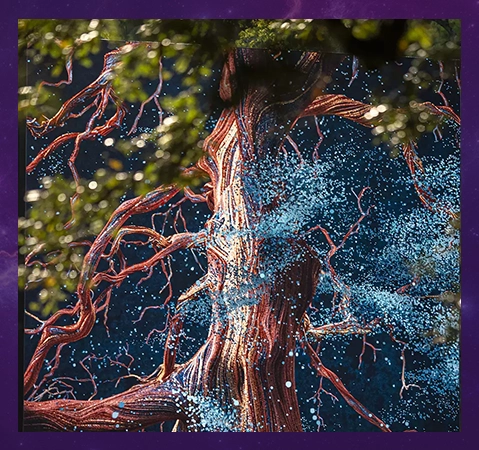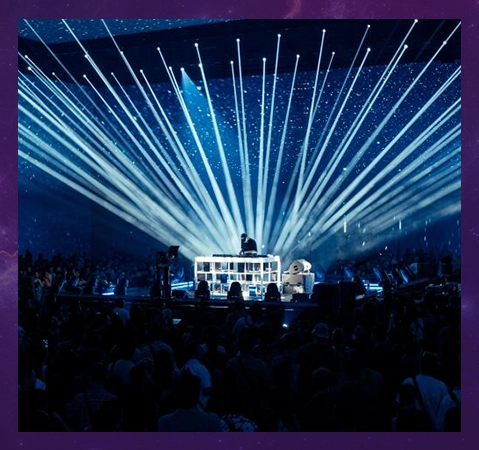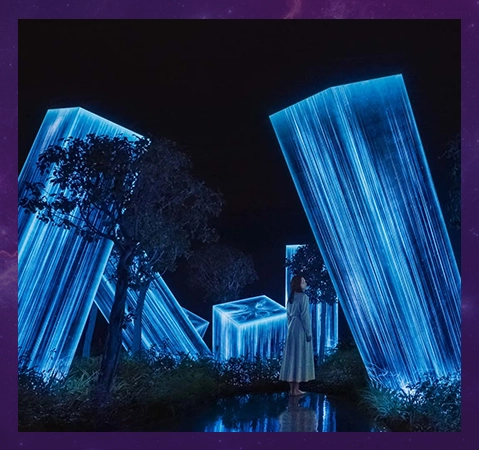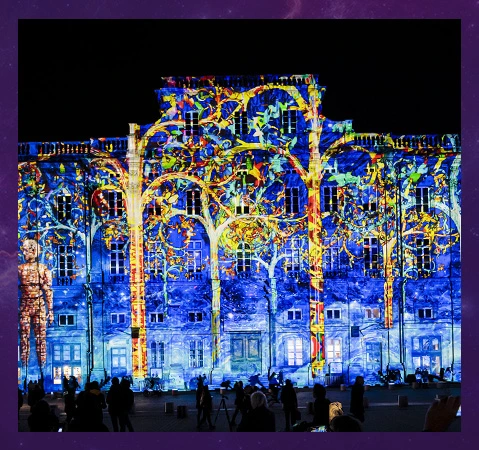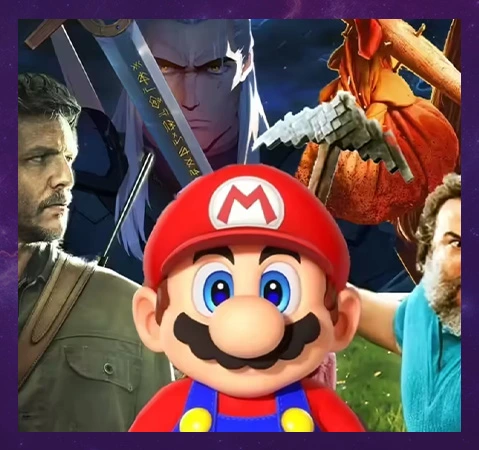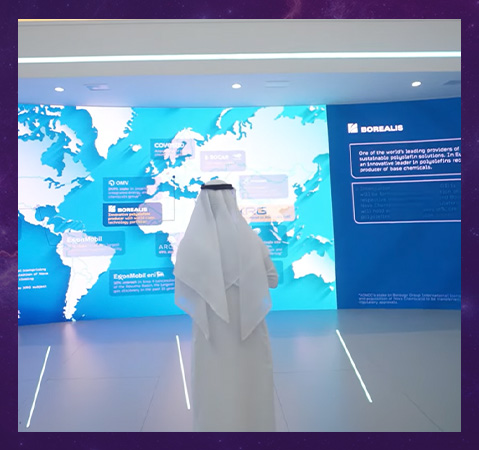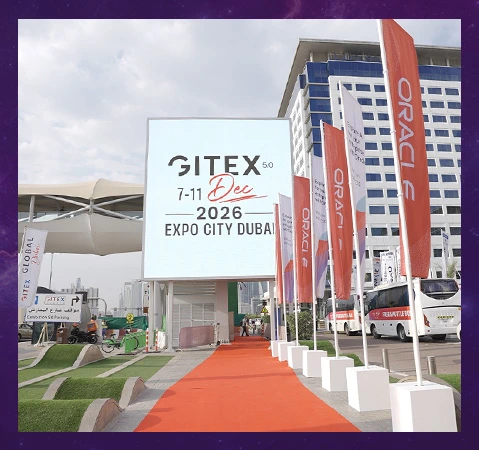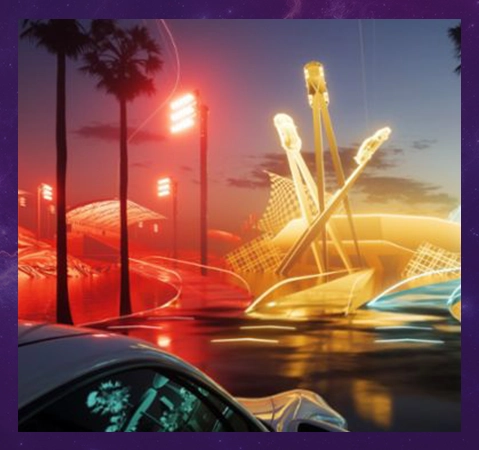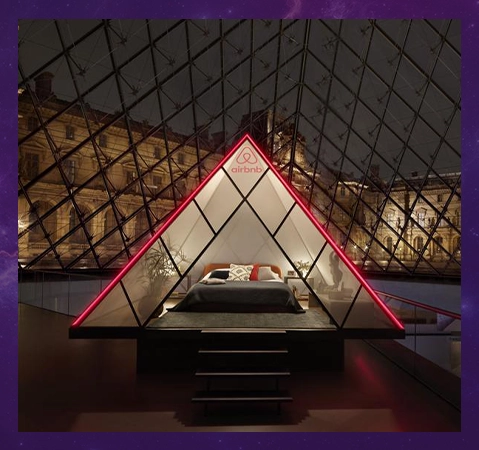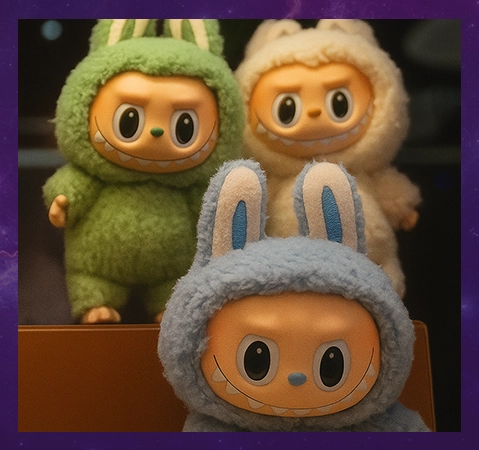
Top 5 Immersive Technologies in 2025
share

Table of Contents
1. Augmented Reality
2. Virtual Reality (VR)
3. Projection Mapping
4. Virtual Try-on
5. Hologram
6. Bonus: Neuralink
Immersive technologies are fast changing how we engage with the digital environment, providing more realistic and engaging experiences. As technology progresses, immersive experiences become more accessible and affordable, resulting in widespread use across a variety of industries.
In 2025, multiple immersive technologies are expected to dominate the landscape, transforming how we work, play, and learn. From the ground-breaking capabilities of AR and VR to the interesting projection mapping displays and the futuristic potential of brain interfaces, these technologies are changing our perceptions of reality.
In this post, we'll look at the top five trending immersive technologies for 2025 and explain why they're defining the future of human-technology interaction.
The Top 5 Immersive Technologies of 2025
The top immersive technologies set to rule the landscape include:
1. Augmented Reality
Augmented reality (AR) is a technology that overlays digital information onto the physical world, enhancing our perception of reality. AR in general merges the actual and digital realms, producing immersive and interactive experiences with diverse uses.
- How Augmented Reality (AR) Works : Augmented reality systems utilize cameras, sensors, and software to monitor the user's surroundings and location. This data is subsequently utilized to present pertinent digital content, such as images, text, or 3D models, on the user's device screen.
- Example: AR scanners : AR scanners are widely used in various applications, such as identifying products, learning about landmarks, translating text, and playing games. These devices allow users to scan real-world objects with their smartphone or tablet camera, providing additional information such as reviews, prices, and similar products. They can also be used to learn about historical landmarks, translate foreign text into native languages, and create immersive gaming experiences by using the real world as the playing field.
2. Virtual Reality (VR)

VR headsets provide a fully immersive experience by transporting users to digital environments using head and hand tracking. Popular models like Apple's Vision Pro and Meta Quest offer applications in gaming, entertainment, education, and training. In addition, VR can create realistic simulations, allowing users to explore historical sites, experience museums differently, or attend virtual concerts. As VR technology advances, improvements in resolution, comfort, and tracking accuracy are expected.
3. Projection Mapping
Projection mapping is a technology that transforms ordinary objects into extraordinary works of art by projecting images and videos onto different surfaces. Sentient By Elysian, a leading provider of immersive technology solutions, specializes in 3D mapping. The technology has been used in art and entertainment, advertising and marketing, education and training, and architectural design. It has been used to create interactive experiences in museums, theaters, festivals, and educational institutions. As technology advances, more innovative projection mapping projects are expected to emerge.
4. Virtual Try-on

Virtual try-on technology allows users to try on products before purchasing, using cameras and computer vision to create realistic representations. This technology allows consumers to eliminate the need for physical fitting rooms, and reduces the risk of buying unsuitable items. Furthermore, retailers can increase sales by providing a more engaging and personalized shopping experience. As technology advances, new features like body scanning and virtual dressing rooms are added, and we can expect more innovative and realistic virtual try-on experiences in the future. This technology is expected to continue to evolve and improve the shopping experience for both consumers and retailers.
5. Hologram
Holography is a technique that creates multi-dimensional images using lasers to interfere with light waves, creating a diffraction pattern. Sentient By Elysian is a company that specializes in creating holographic displays using AI to create realistic and engaging experiences.
Additionally, holograms can be customized for brands and businesses to promote products, services, or even events. You should note that holography has many applications in entertainment, education, retail, and marketing and advertising. It can be used to create special effects in movies, TV shows, and concerts, visualize complex concepts, display products, and provide customer information.
6. Bonus: Neuralink
Neuralink, a neurotechnology company led by Elon Musk, is developing implantable brain-machine interfaces (BMIs) that connect the human brain to computers, enabling seamless communication and interaction with digital environments. This technology could revolutionize immersive experiences by allowing users to control digital objects with their thoughts, enhancing the sense of presence and realism.
Neuralink's technology could also be used in healthcare to treat neurological disorders, restore lost functions, or enhance cognitive abilities. As the technology grows, it is expected to allow even more innovative and immersive experiences in different sectors.
In summary, these technologies offer a preview of the future of immersion. As technology continues to improve, we should expect the emergence of increasingly distinctive and immersive experiences in the future.



